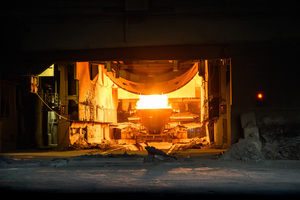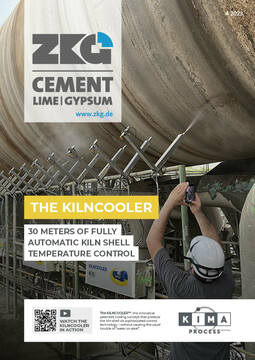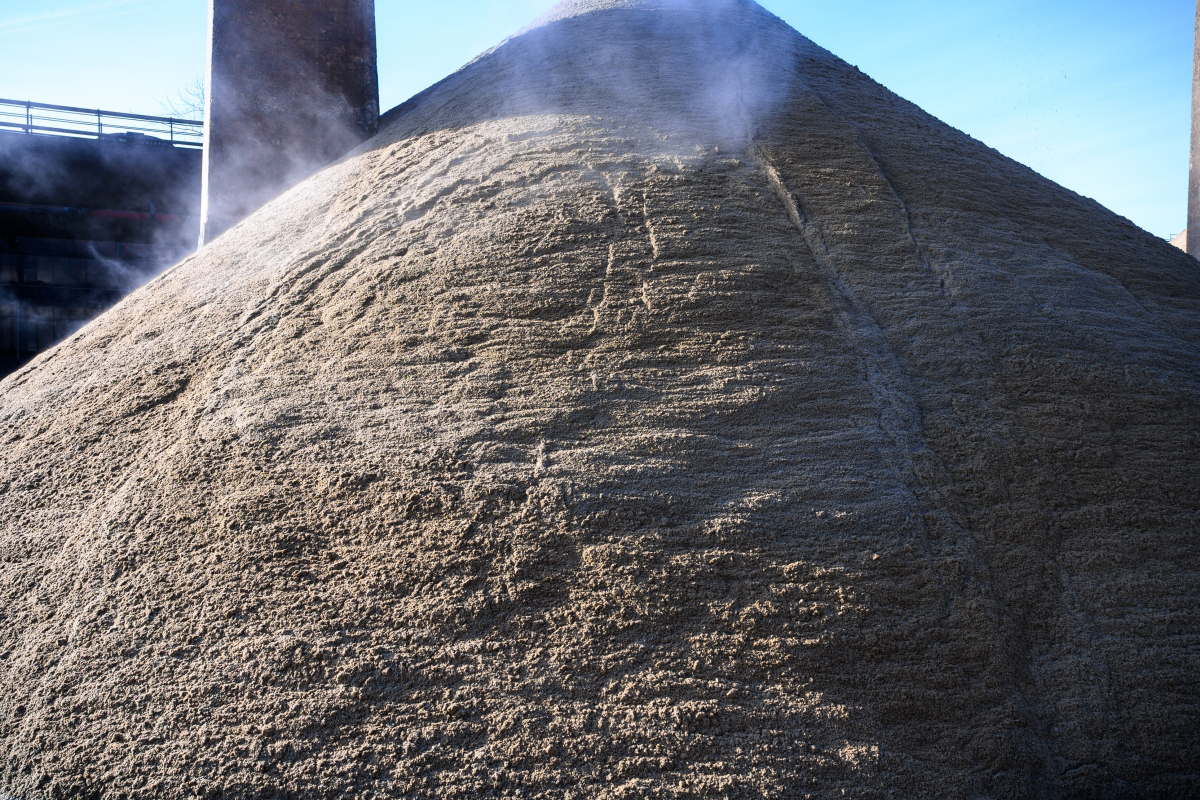Resource savings from iron mill slags remain high
The contribution of steel industry by-products to resource conservation, the circular economy and climate protection remained high last year. Due to the somewhat lower steel production in Germany last year, 11.7 million t of iron mill slag were produced, 6.4% less than in 2021. However, as in previous years, 95% could be used mainly in cement and concrete, in traffic route construction and in fertilizers. This avoided the mining of over 14 million t of natural rock and the emission of 5 million t of CO2.
The total amount of iron slag used in 2022 was 11.1 million t. It consisted of 7.9 million t of blast furnace slag and 3.2 million t of steel mill slag. Of this, 7 million t were used as granulated blast furnace slag, 3.1 million t as aggregates, and 0.5 million t each as fertilizer and plant-internal recycled materials.
While a total of 398 million t of lime, clay and sand were substituted by the use of granulated blastfurnace slag from 1948 to 2022, a total of 625 million t of natural rock were substituted for aggregates for traffic route construction, and a total of 86 million t of natural lime were substituted for fertilizers. The use of granulated blast furnace slag instead of Portland cement clinker in cement also resulted in a total of 227 million t less CO2 being emitted.
For Thomas Reiche, Managing Director of the FEhS Institute, the figures are further confirmation of the importance of steel industry by-products: “Unlike recycled materials, iron mill slags are already high-quality resource- and climate-friendly secondary raw materials in their First Life. For decades they have made an important contribution to a sustainable recycling economy in Germany. To ensure that this can continue in the future after the transformation of the steel industry, we have been researching the new slags together with our partners since 2013. For example, with the ‘DRI/EOS’ and ‘Save CO2’ projects on granulated blast furnace slag 2.0.”





